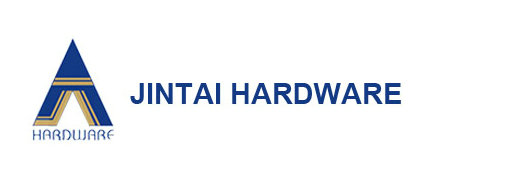Bearings that use a sliding movement of a shaft and a bearing to bear a load are called sliding bearings.
According to the principle of the formation of the oil film on the two relative moving surfaces of a sliding bearing. Can be divided into fluid dynamic pressure lubrication bearings (also
known as dynamic pressure bearings) and hydrostatic bearings (also known
as hydrostatic bearings).
Generally discussed is a hydrodynamically lubricated bearing, which
brings oil between the two surfaces through the relative movement of the
shaft and the bearing, forming a sufficient pressure membrane to
separate the two surfaces and thereby withstand the load.
Commonly used bearing materials are divided into two types: metal materials and non-metal materials.
(1) Cast iron. Ordinary
gray cast iron or wear-resistant gray cast iron or nickel ductile iron
with addition of nickel, chromium, titanium or titanium alloy can be
used as material for light load low speed bushes. In
these materials, the flake or spheroidal graphite component covers the
surface of the material and forms a lubricating layer of graphite. After the surface of the wear-resistant cast iron is treated with
phosphating, a porous thin layer can be formed to help improve its wear
resistance.
(2) Bearing alloys. (Usually
babbitt alloy or white alloy) bearing alloys are divided into two
categories: one is based on tin, adding appropriate amounts of yttrium
and copper, called tin-based bearing alloys, such as ZChSnSb11-6; the
other is Lead is the basic ingredient. Add appropriate amounts of tin and
antimony, called lead-based bearing alloys, such as ZCnPbSn16-16.
(3) Copper alloys. Copper alloys can be divided into: cast lead bronze; cast tin zinc lead bronze; cast tin phosphor bronze; cast aluminum bronze;
(4) Aluminum alloys. It is divided into two categories: low tin alloys, containing about 6.5% tin; high tin alloys, containing tin up to 20%.
(5) Ceramics. This is a bearing material made by pressing and sintering different metal powders. This material is porous structure, about 10% to 35% of the volume of
the pore, soaked in hot oil before use, so that the pores filled with
lubricating oil, it has self-lubricating properties, also known as oil
bearing.
(6) Graphite. Graphite bushes can be pure graphite and have low strength; plastic,
resin, silver, copper or babbitt can also be added to increase strength
and improve flexibility.
(7) Other non-metallic materials.
1) Rubber. Mainly used for water as a lubricant and dirty place.
2) Phenolic tape. It is a laminated structure material of cotton cloth, asbestos cloth
or other artificial fiber cloths bonded with phenolic resin.
3) Nylon. For low load bearings.
CATEGORIES
Latest news
- Ferrofluid Vacuum Feedthrough Seals us
- Which one is wear-resistant, steel sle
- Bimetal Flange Bush Bearing
- Selection standard for dimension refer
- Red color ptfe bushing
- Pipe-Mounted Ball Transfer
Contact us
- ADD: No.503,Hunan International Commerce Center, Jintai Square,Changsha 410001,Hunan.
- TEL: +86 731 84770165
- FAX: +86 731 84770163
- E-mail: sales1@slide-bearing.com

